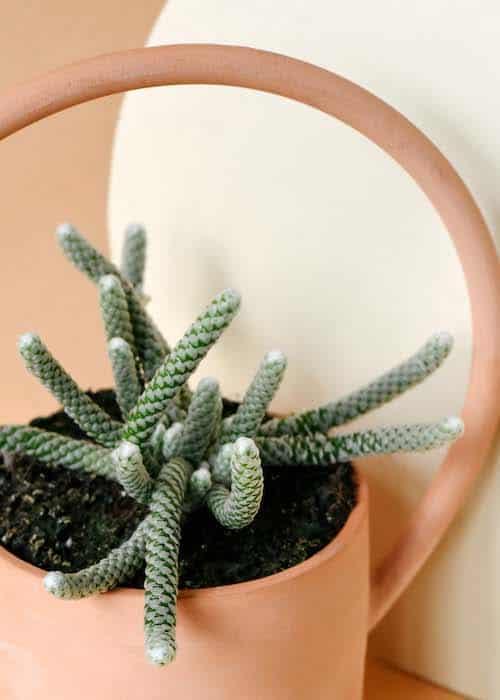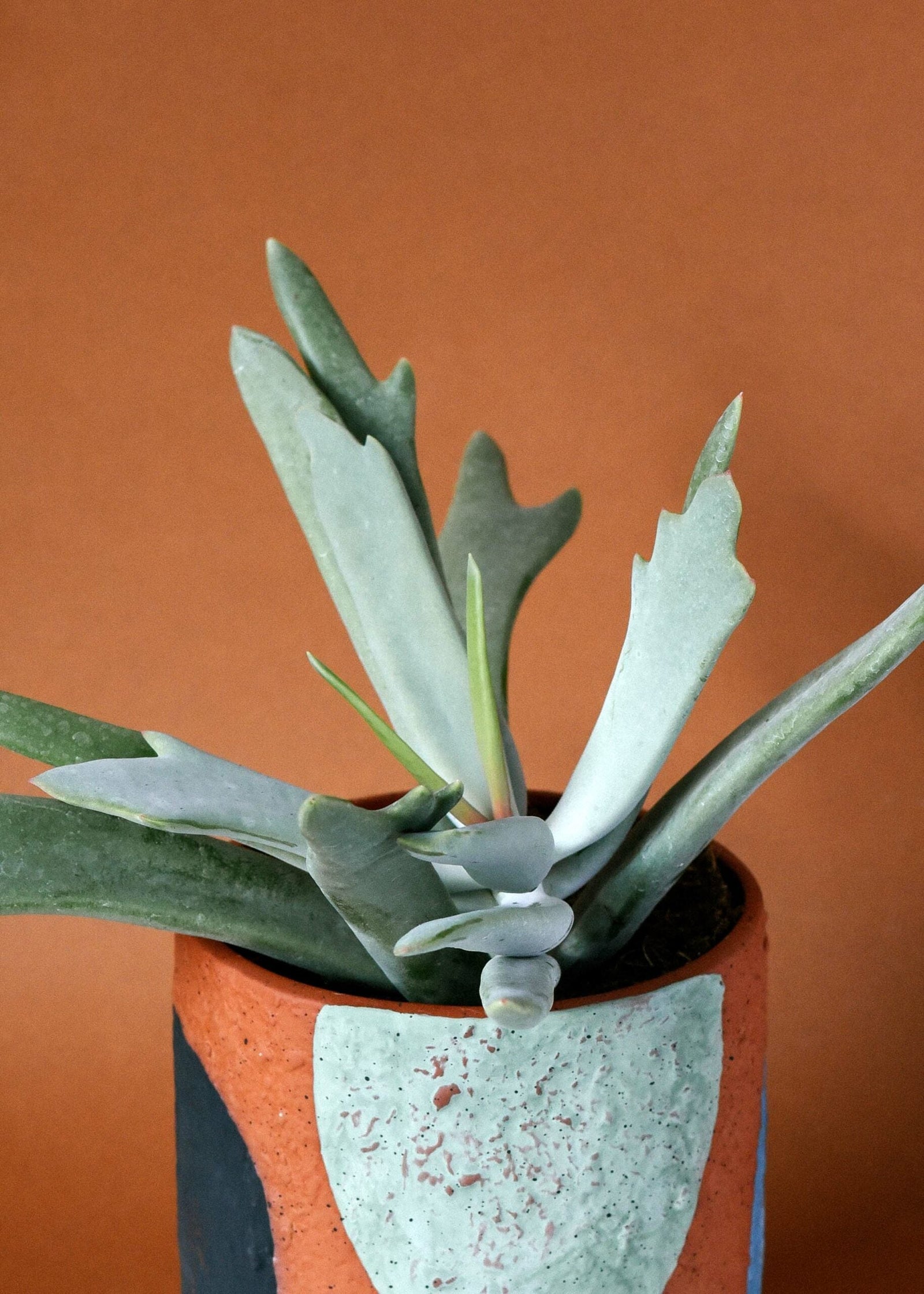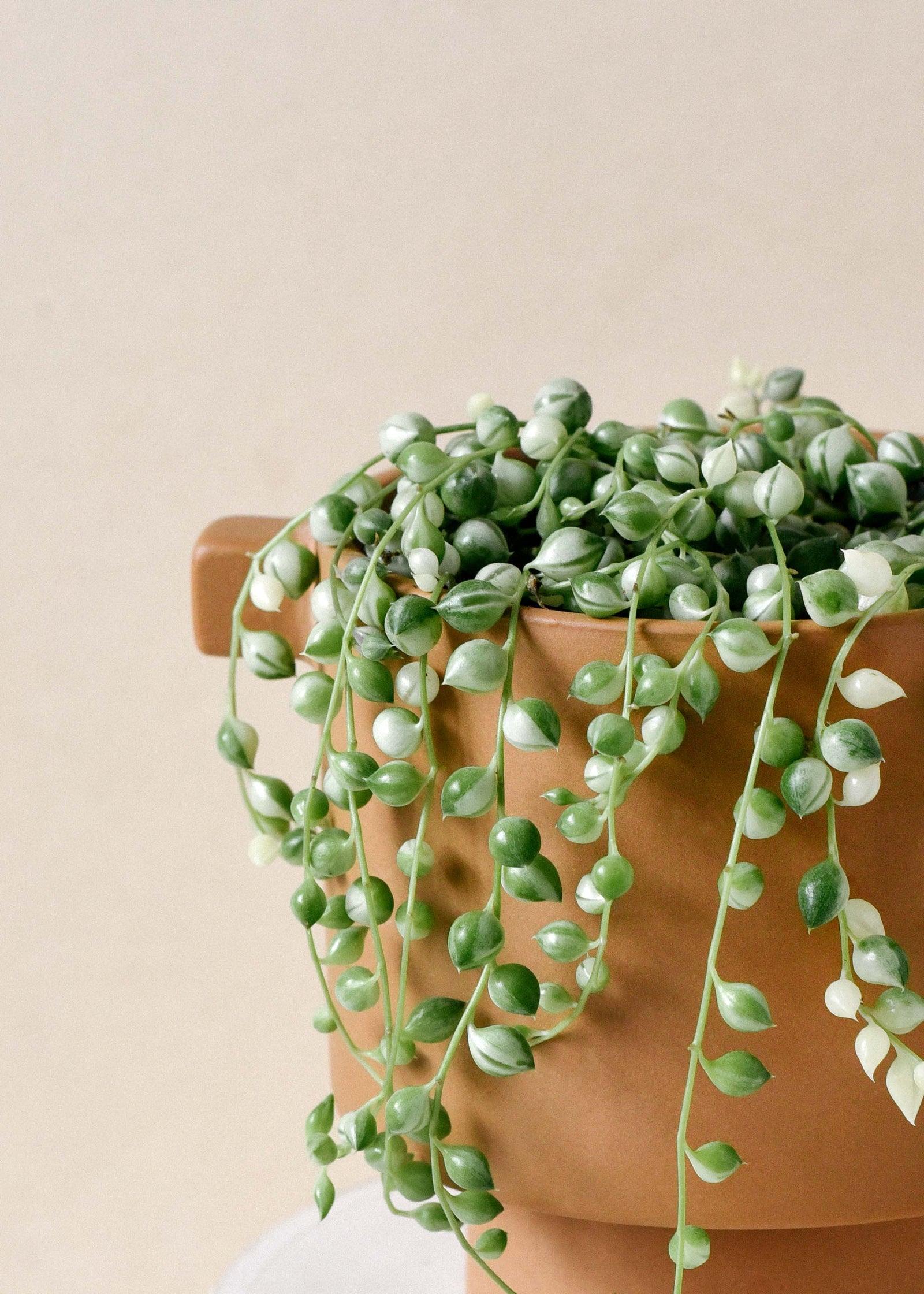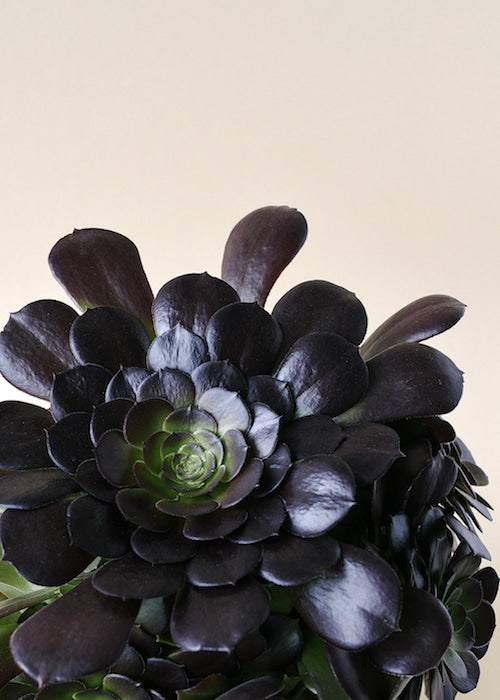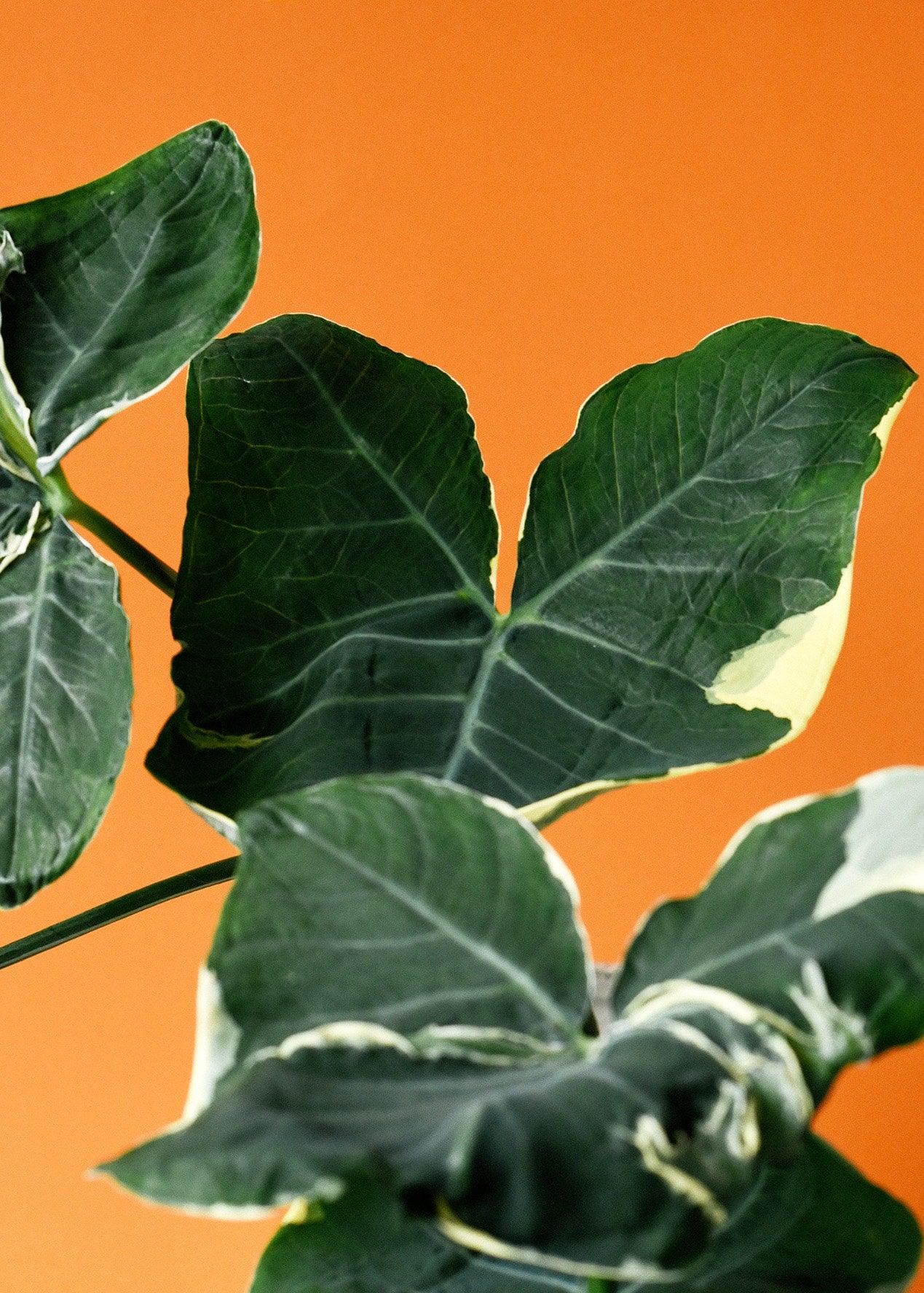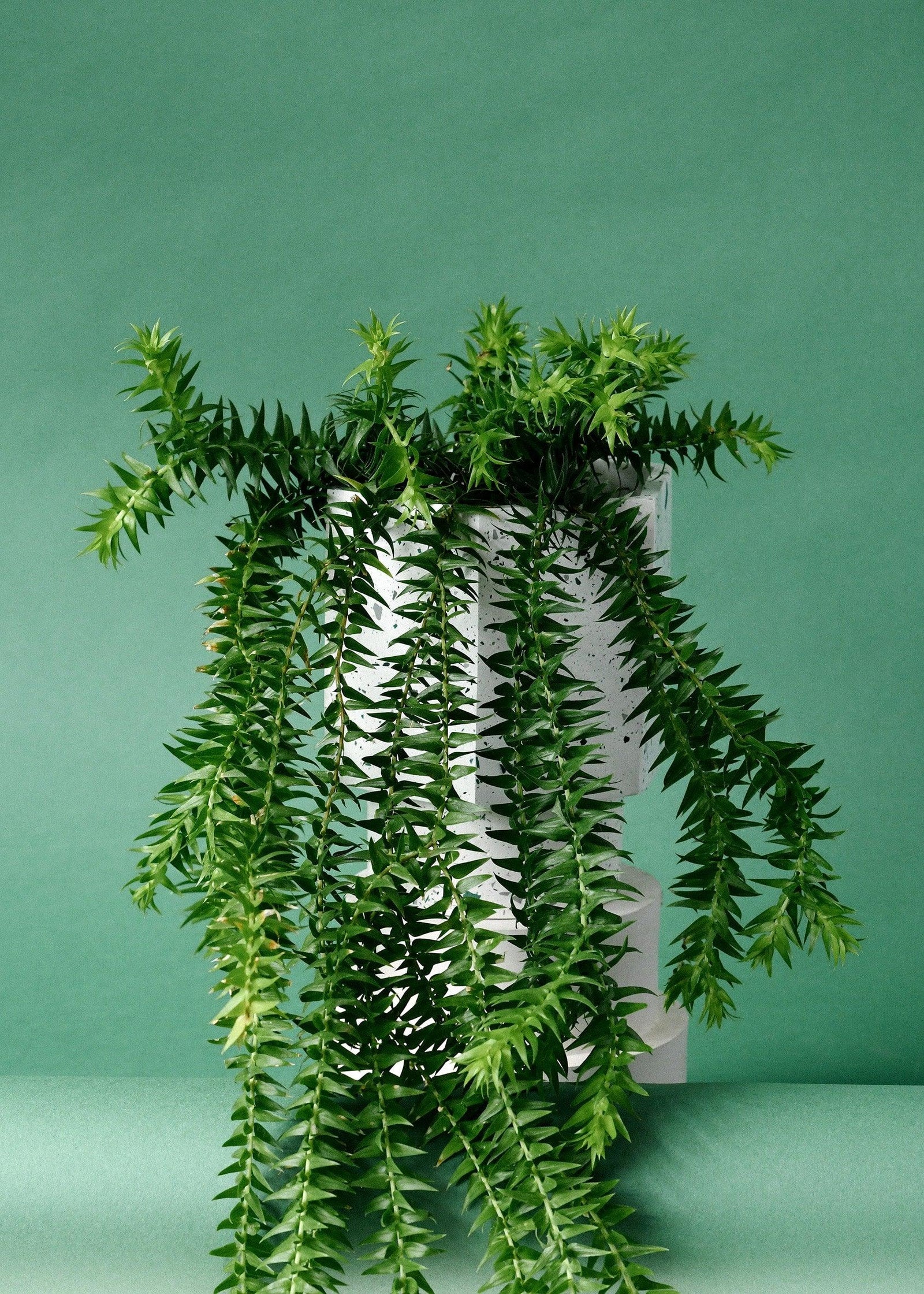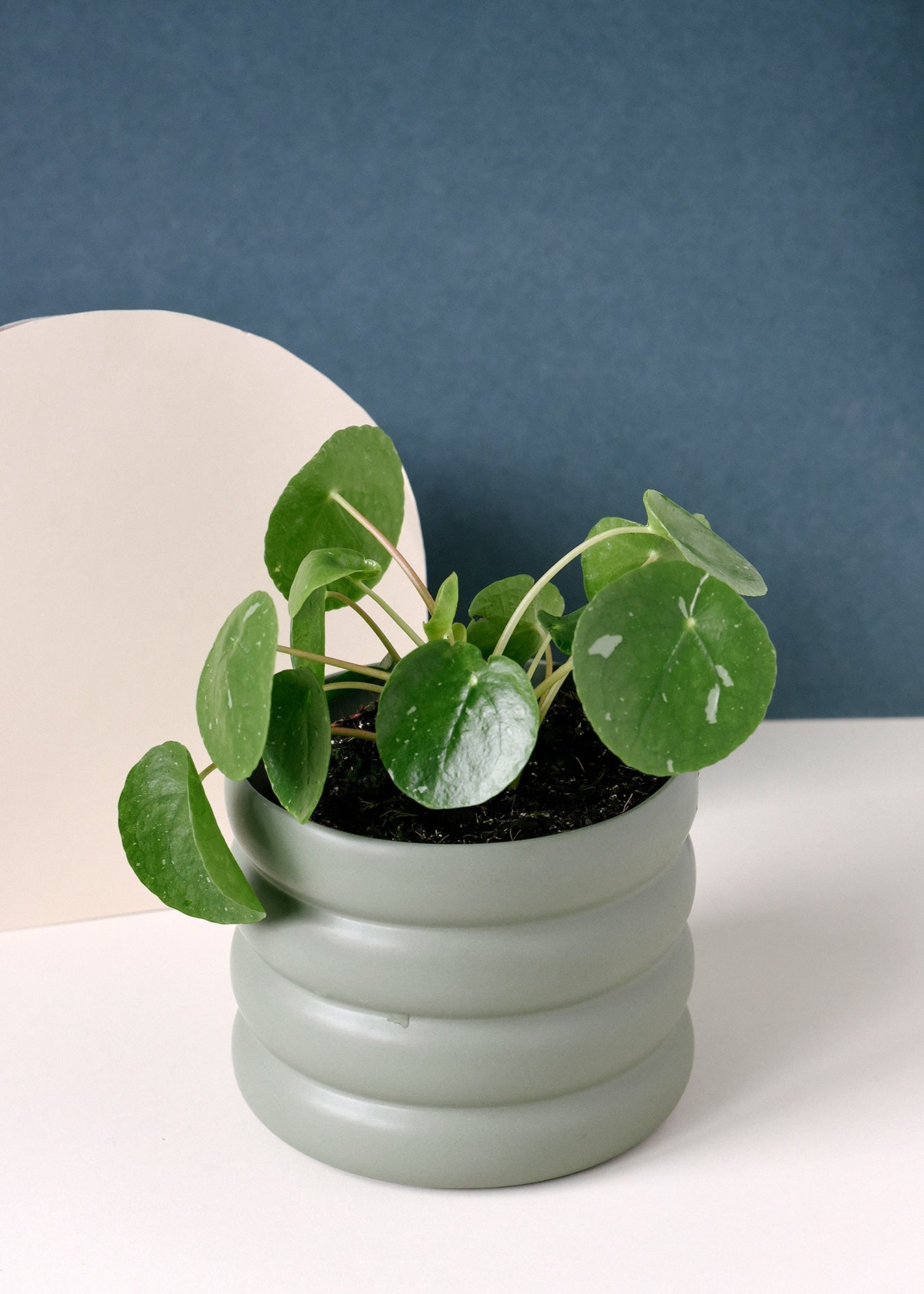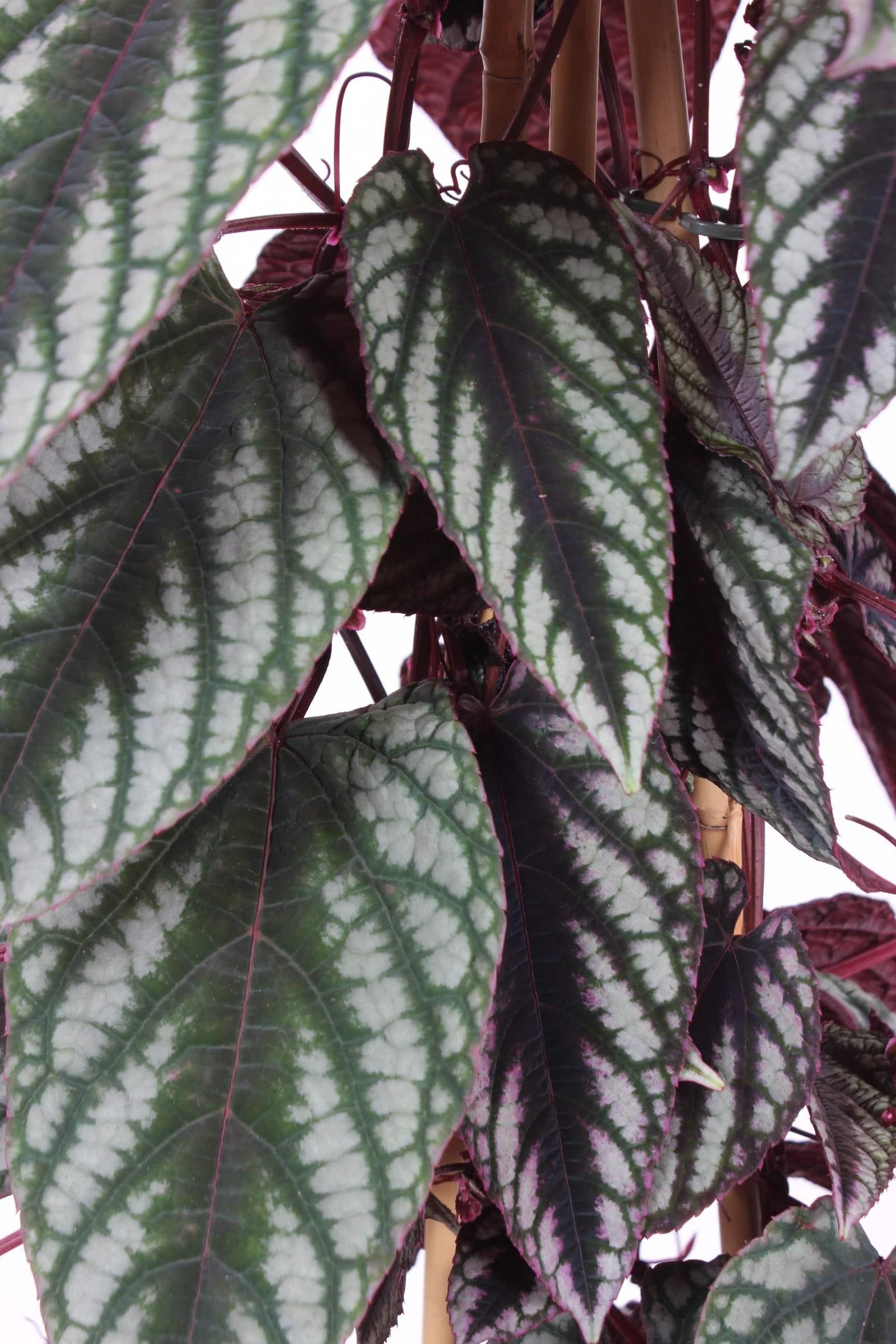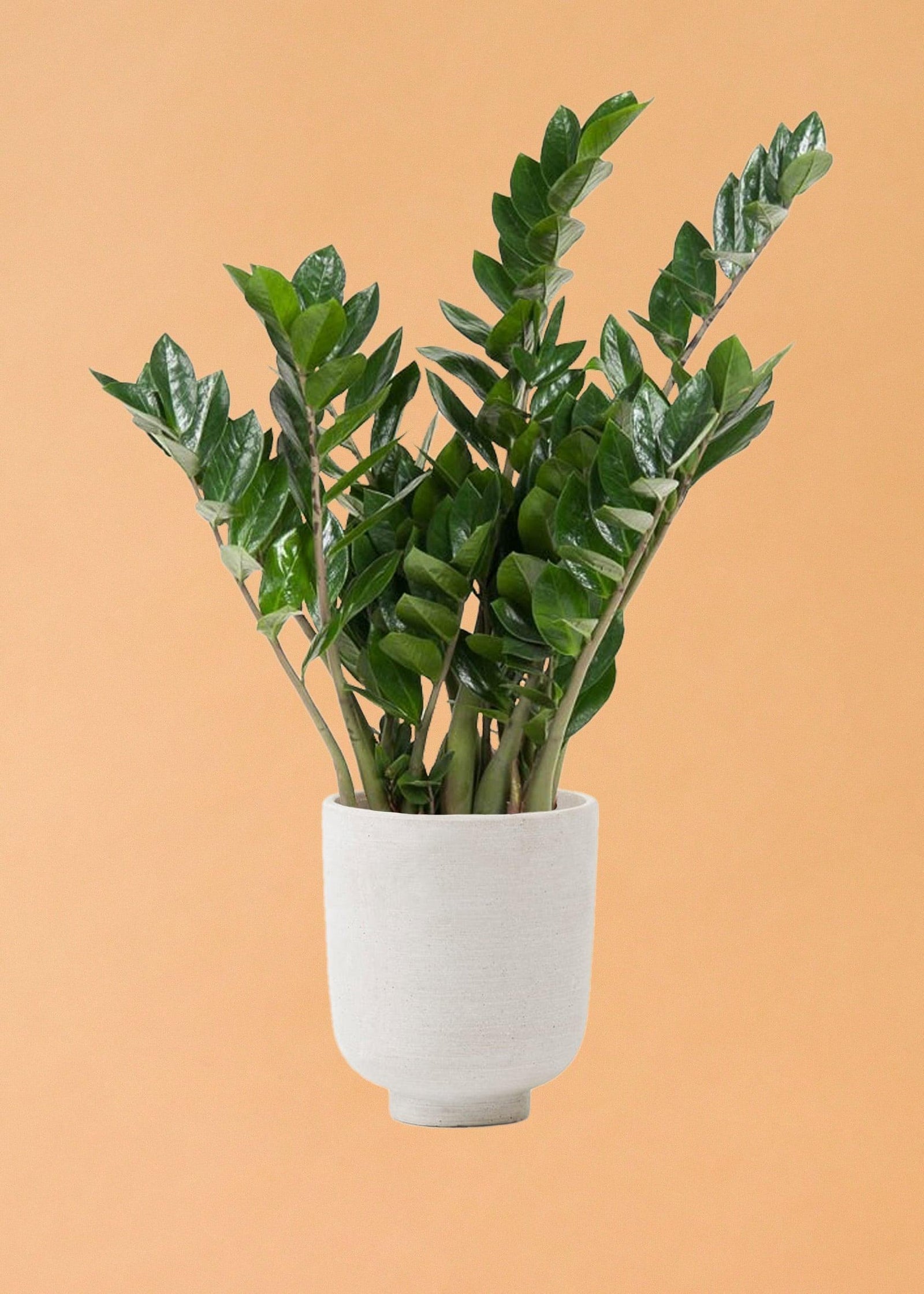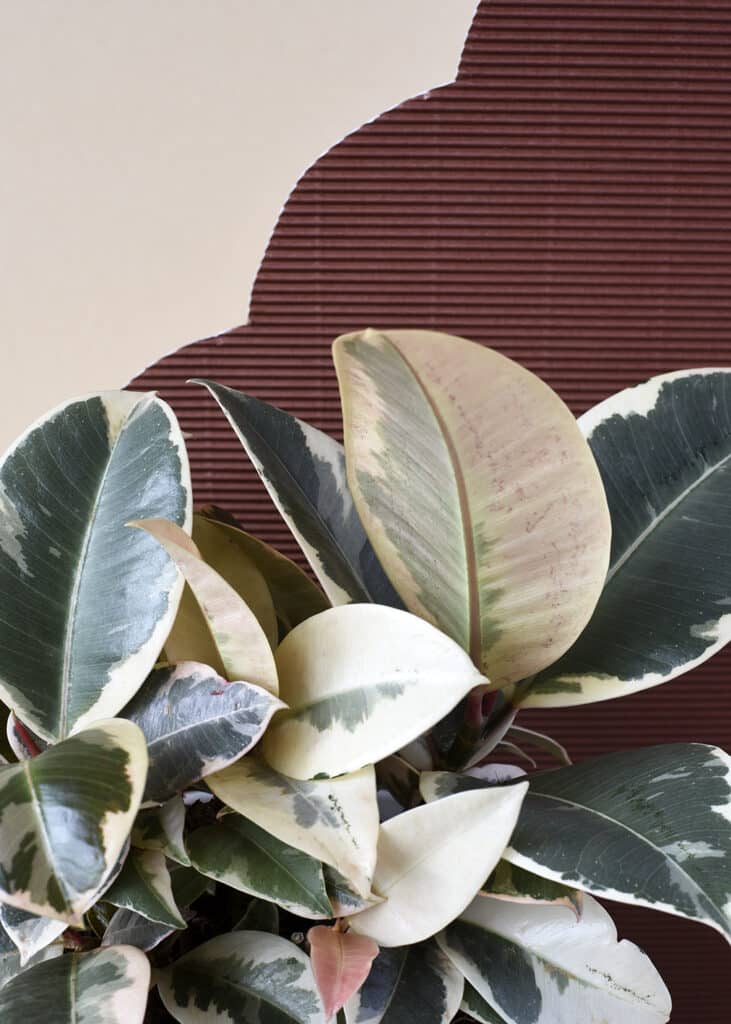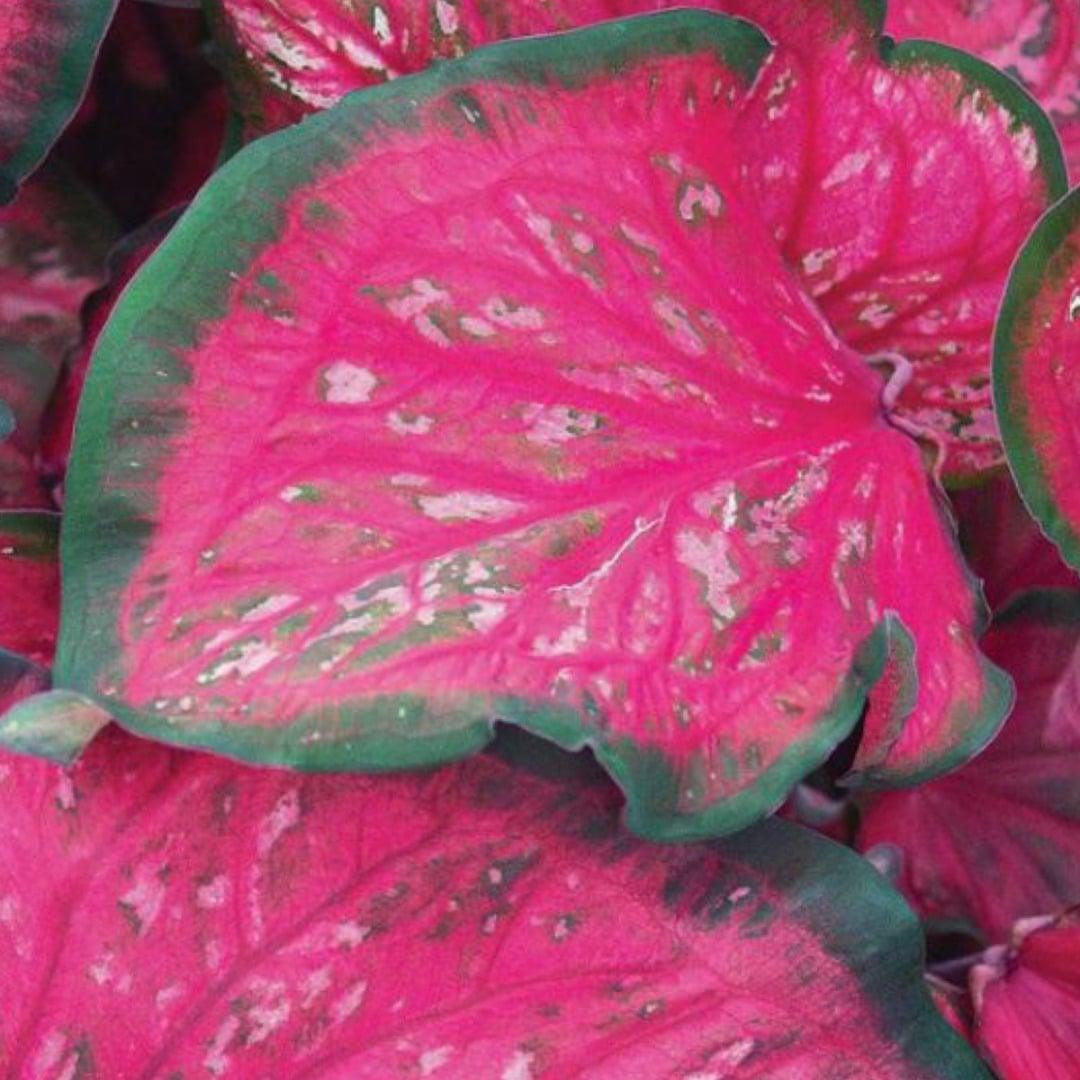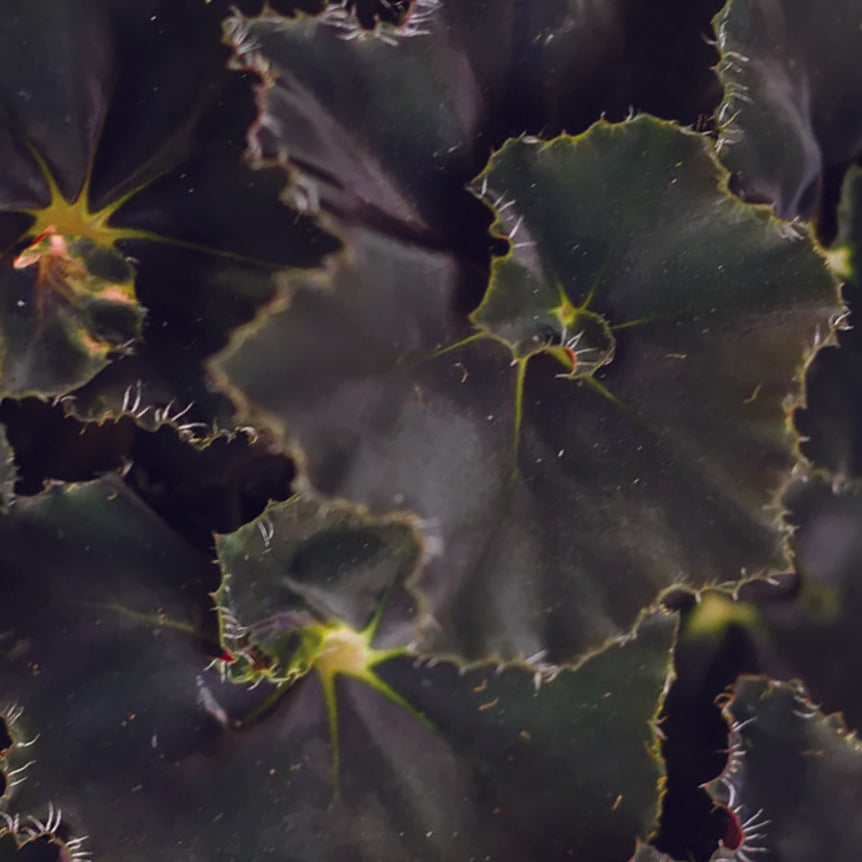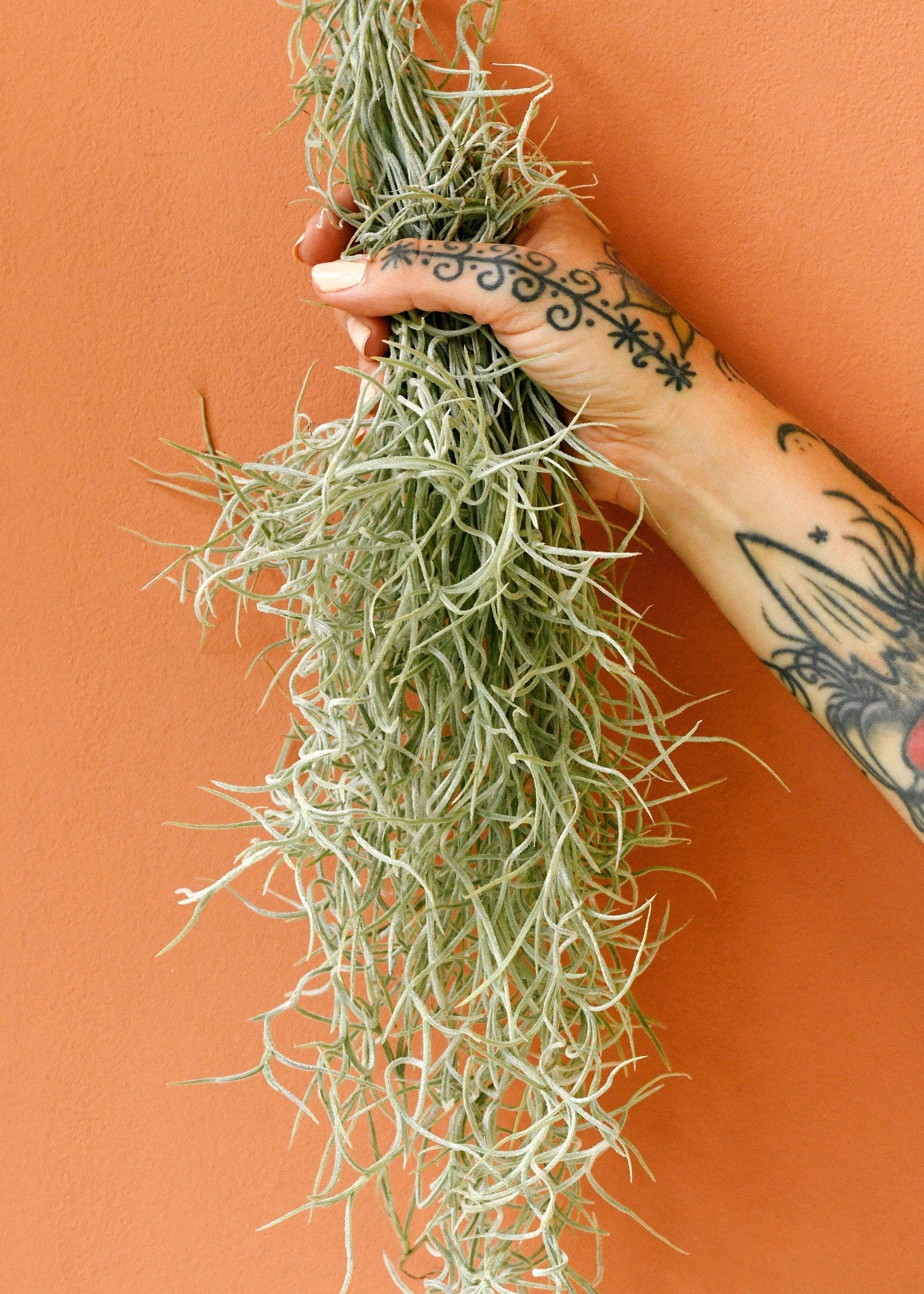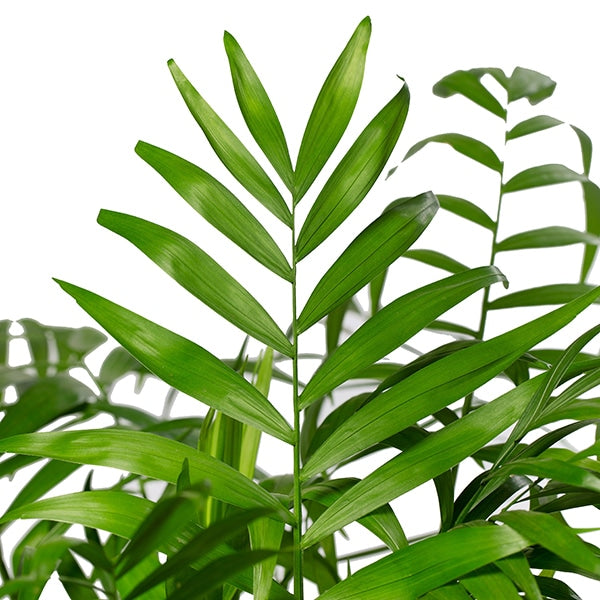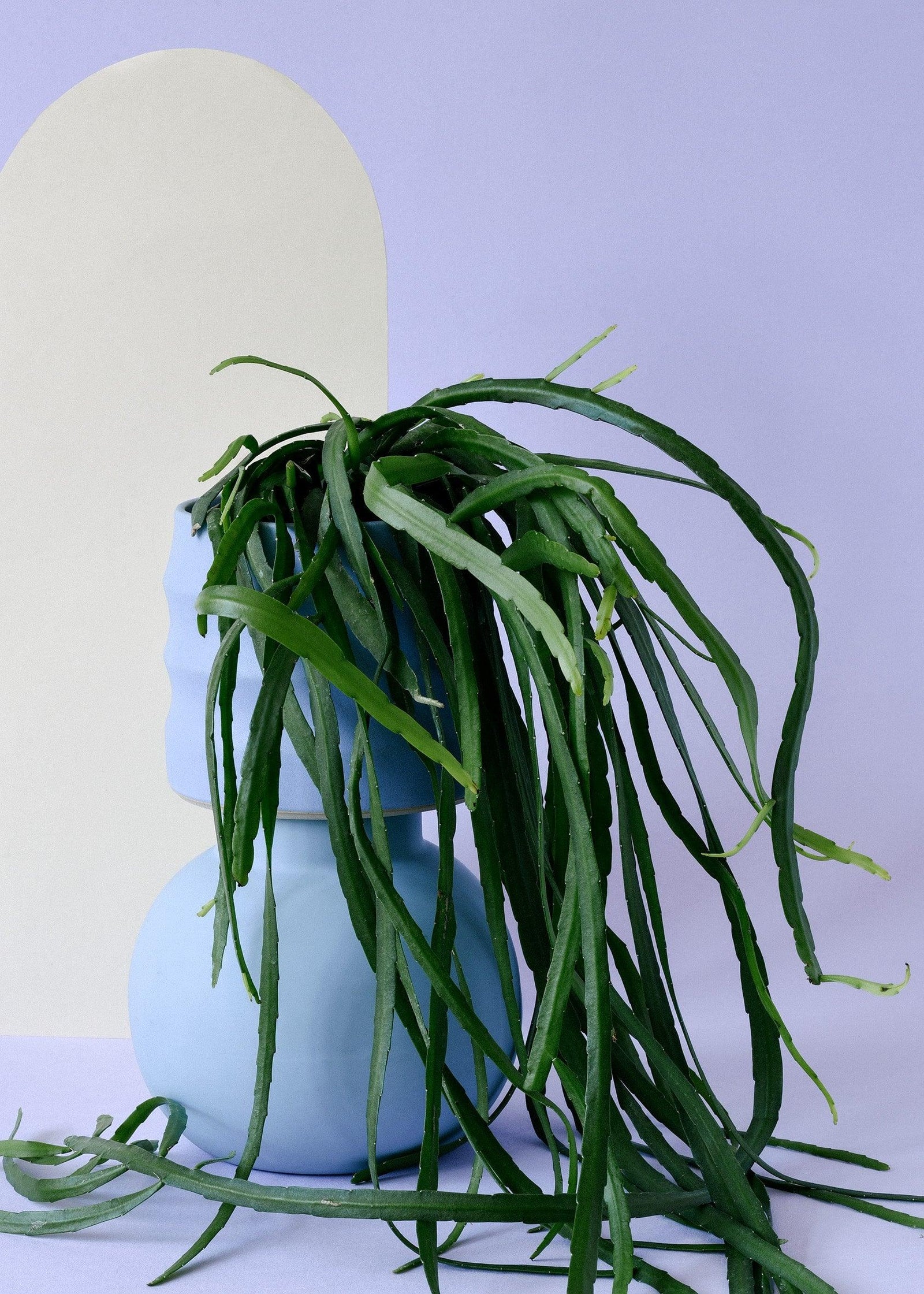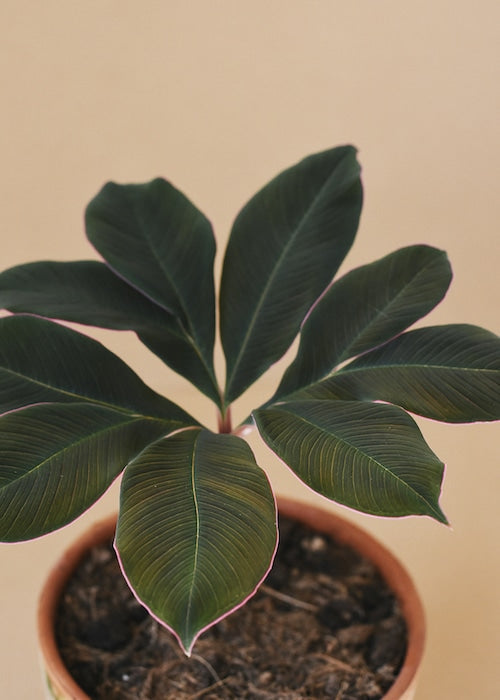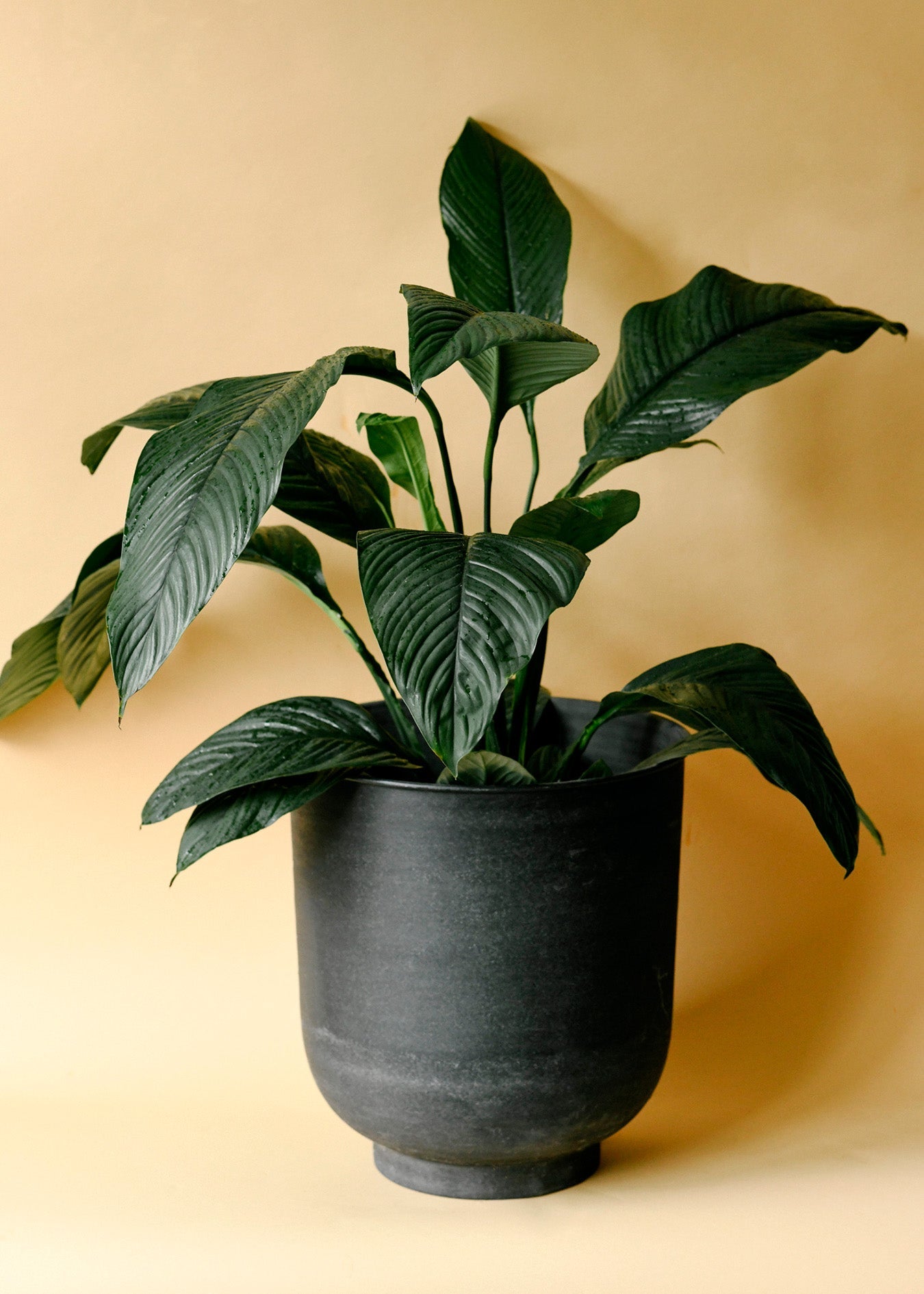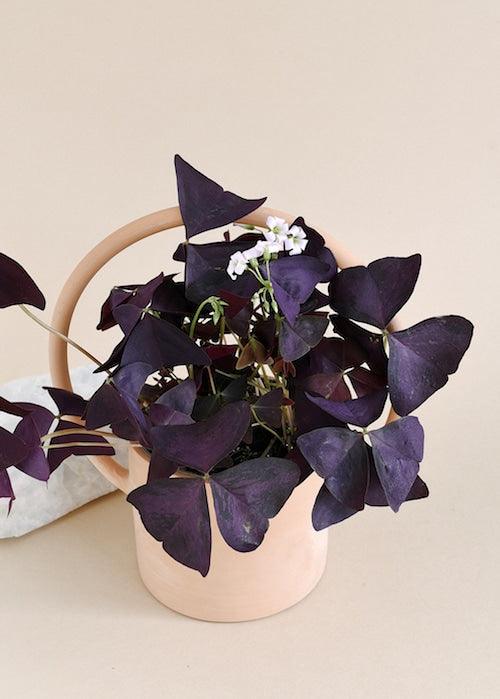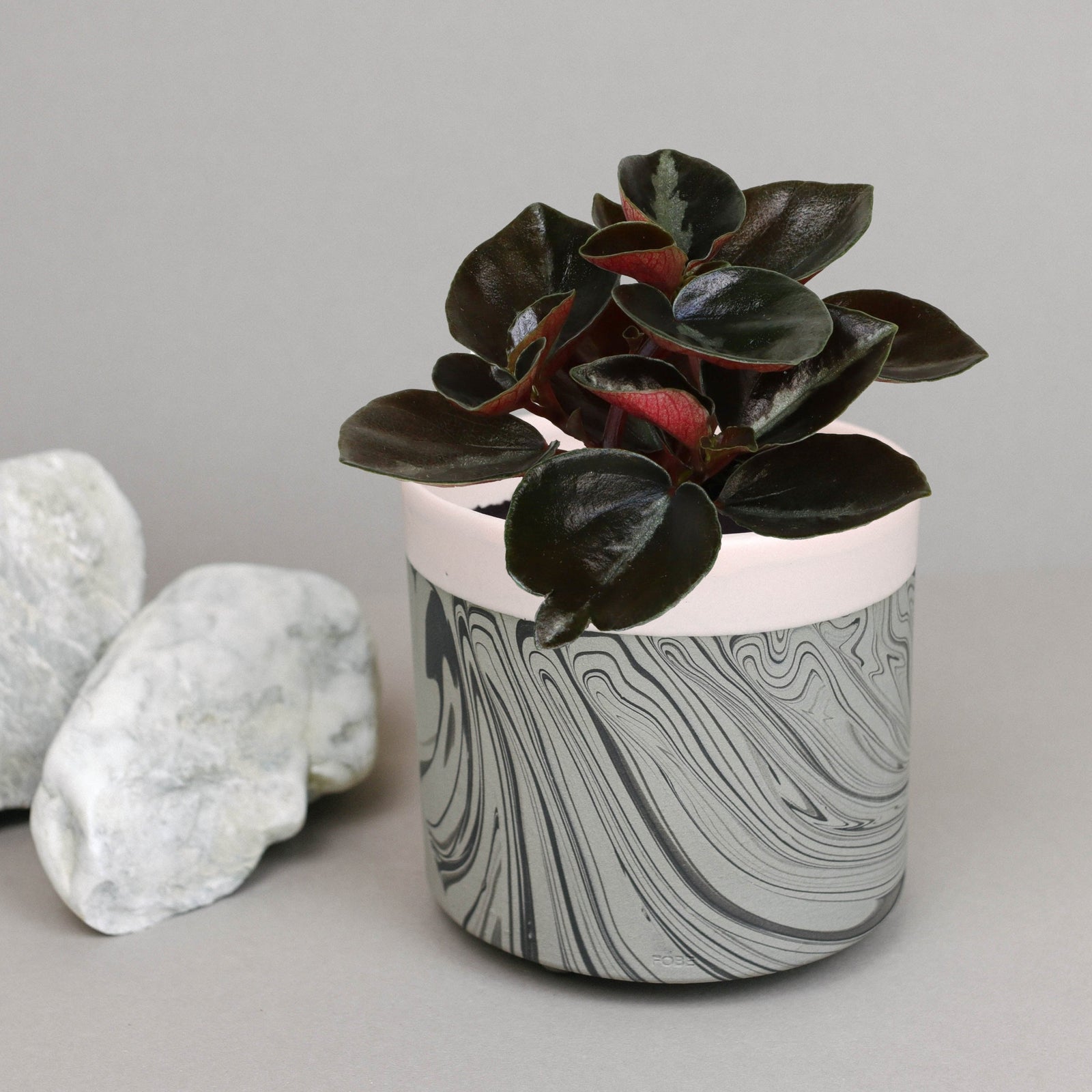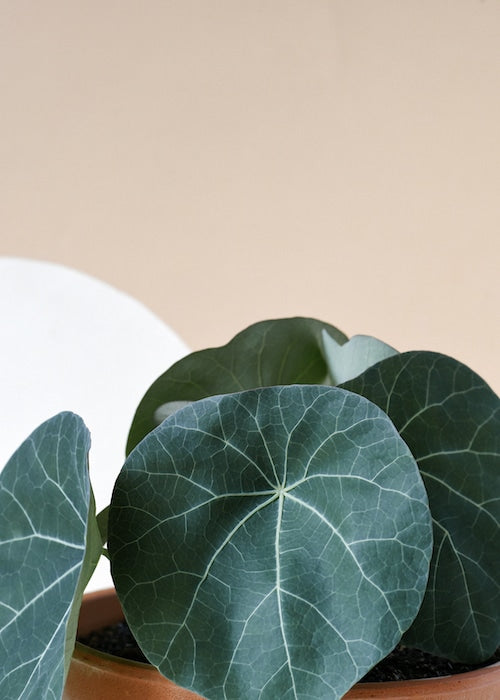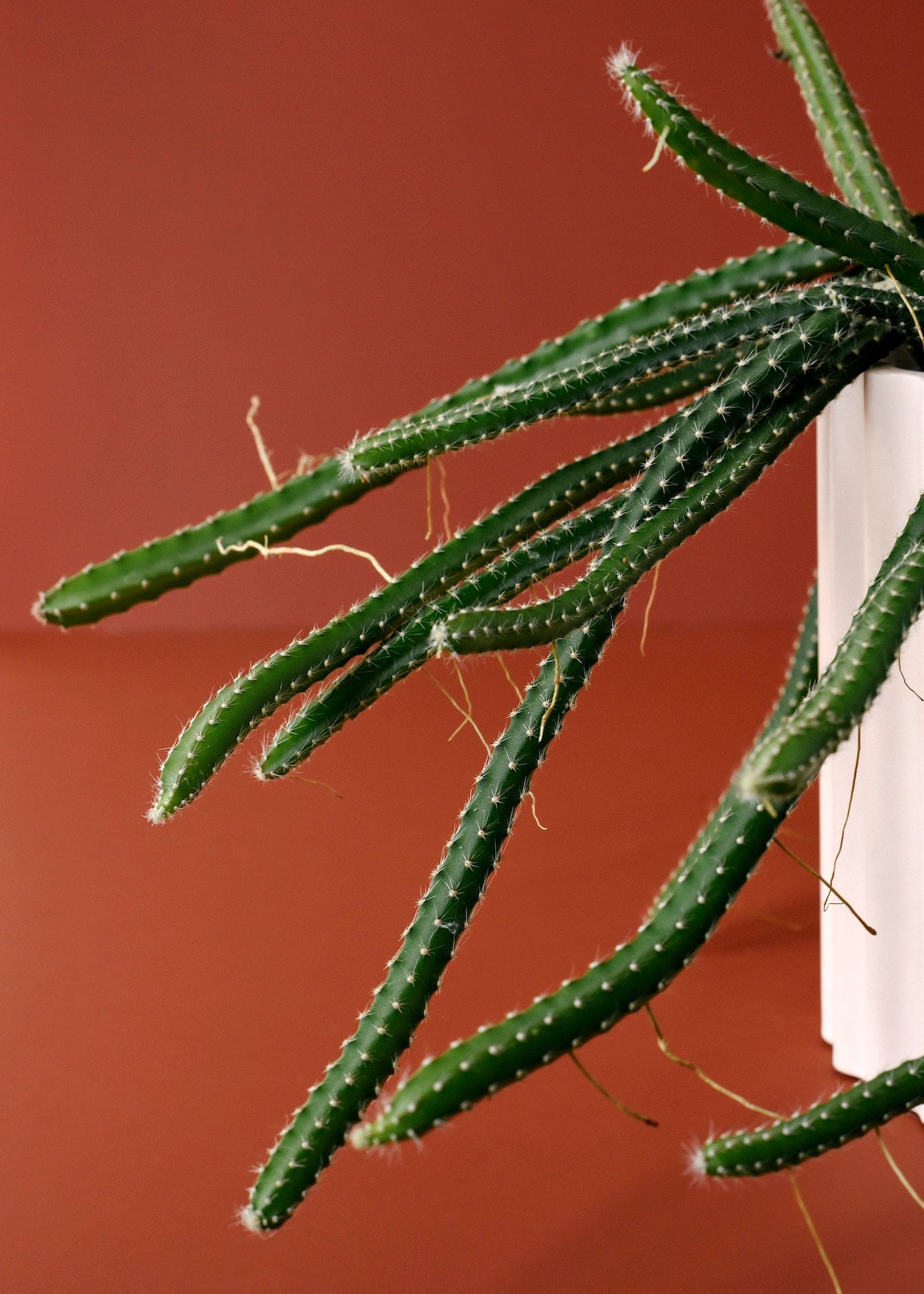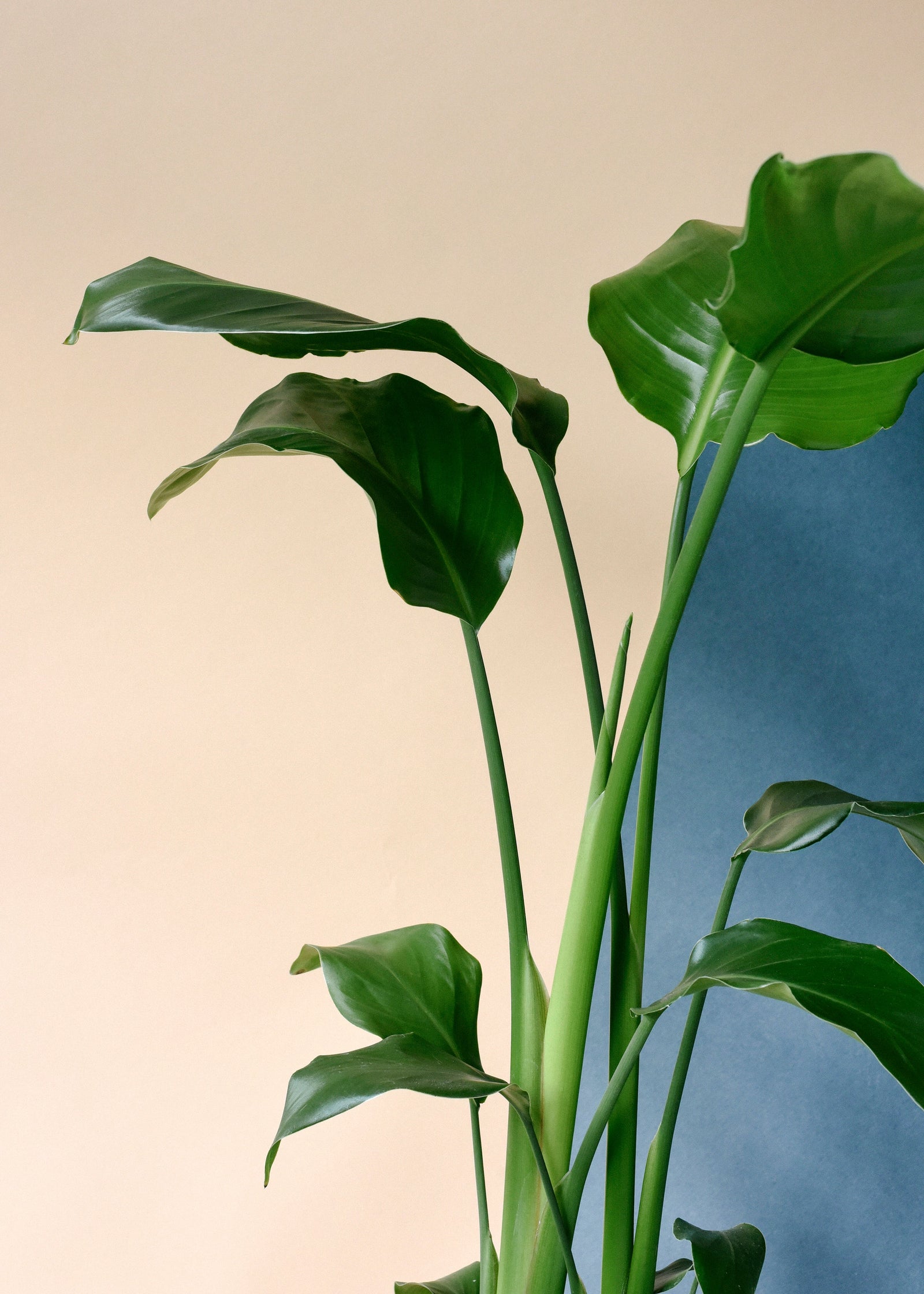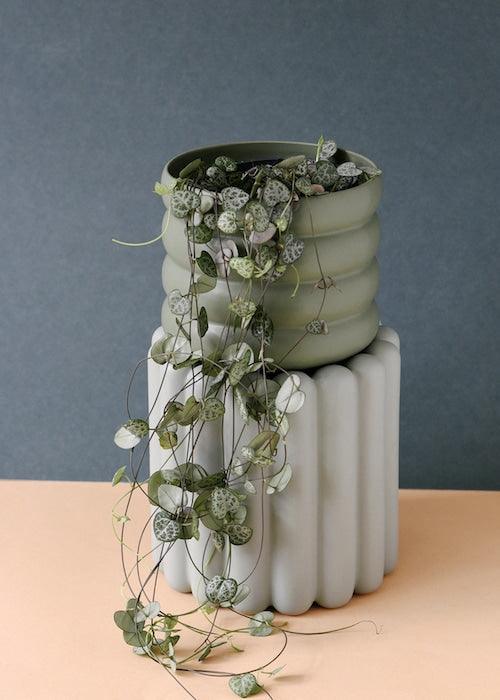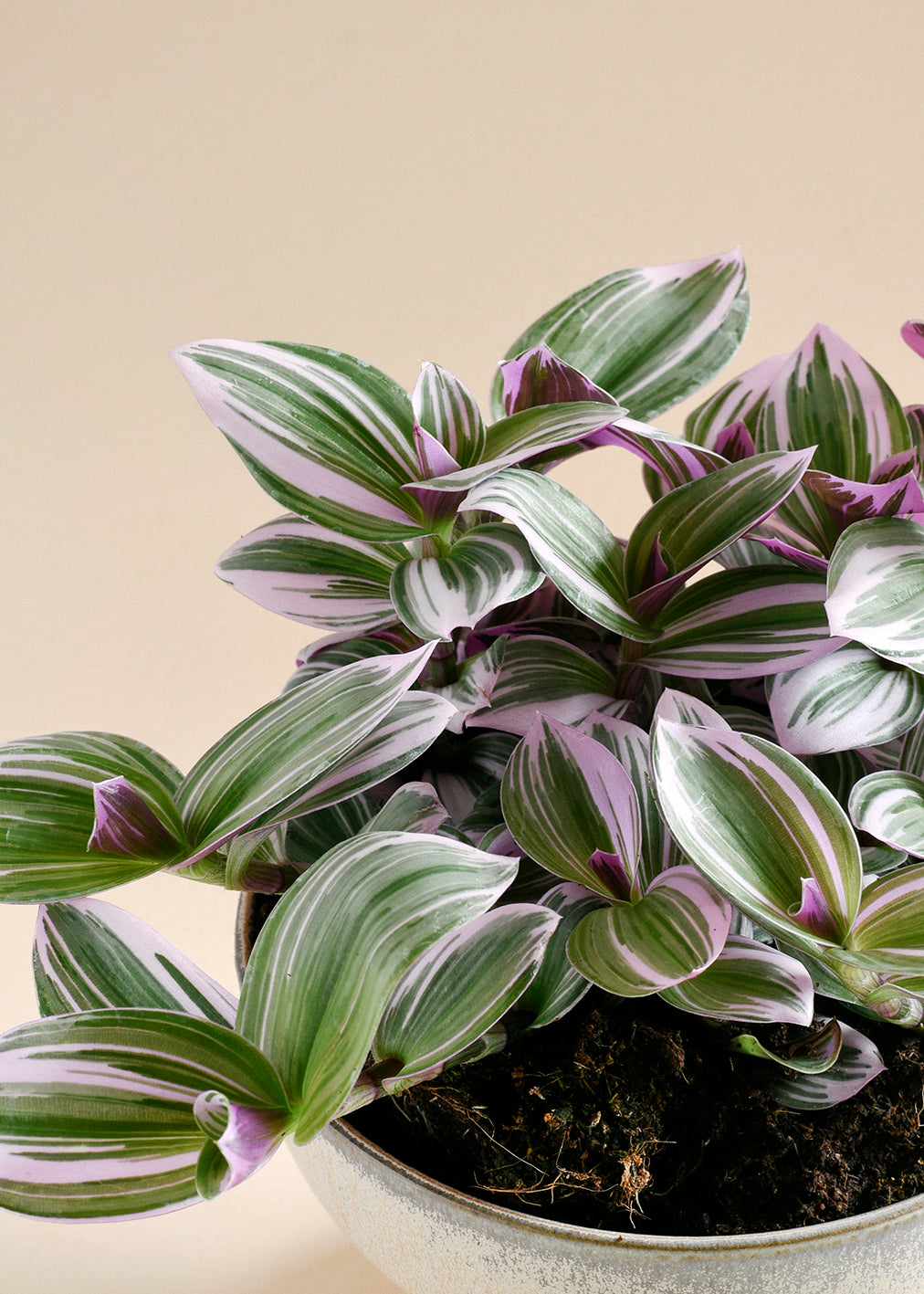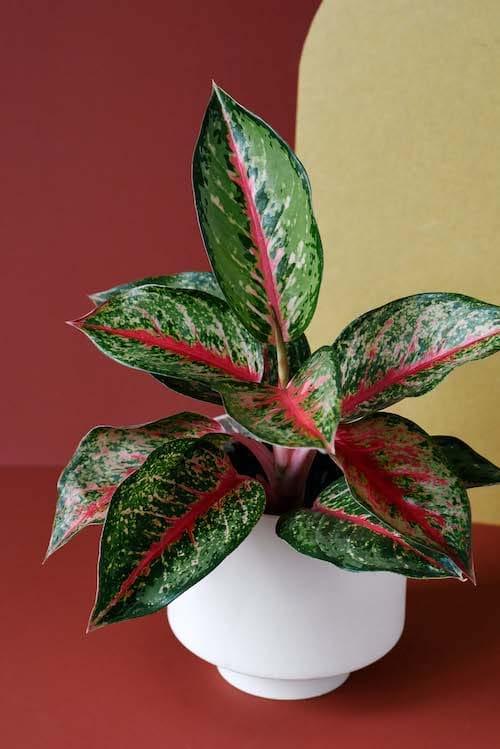Welcome to your complete guide on caring for Hibiscus plants! Known for their large, colorful blooms, hibiscus plants can add a tropical flair to any environment. Whether you're aiming to beautify your balcony or spruce up your indoor spaces, understanding the essentials of hibiscus care will keep your plants thriving.
Care Summary
| Light | Bright to full sun |
|---|---|
| Watering | Keep moist, less frequent for mature plants |
| Humidity | Medium |
| Soil | Well-draining potting mix |
| Pruning | Tip prune in spring |
| Toxicity | Toxic to cats and dogs |
Lighting Tips
Position your hibiscus in a location that receives plenty of bright light or even full sun exposure. This is crucial for optimal growth and bloom production.
Watering Advice
Watering is key to a healthy hibiscus. Young plants should never be allowed to dry out completely, while mature plants can handle slightly drier conditions. Always check the top inch of soil for moisture before watering again.
Humidity Needs
Hibiscus plants enjoy medium humidity levels. If you're growing them indoors, particularly in dry climates, consider using a humidifier or placing a water tray near the plant to maintain adequate humidity.
Soil Preferences
A well-draining potting mix is ideal for hibiscus plants, ensuring that excess water can escape and not cause root rot.
Pruning Practices
Spring is the best time for tip pruning your hibiscus. This helps to encourage branching, which results in a fuller plant and more areas for blooms to develop.
Toxicity Information
While hibiscus flowers are safe and often used in teas, the leaves of the plant are highly toxic to pets, particularly cats and dogs, and can be potentially fatal if ingested. Always keep plants out of reach from your pets.
Why We Love It
We love hibiscus plants not only for their stunning flowers that come in a variety of vibrant colors but also for their ability to bring a tropical touch to any setting. They're relatively easy to care for and can make a dramatic impact in your garden or home.



